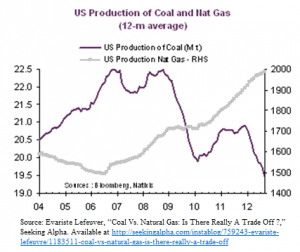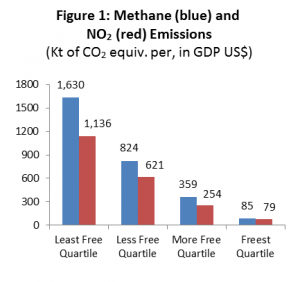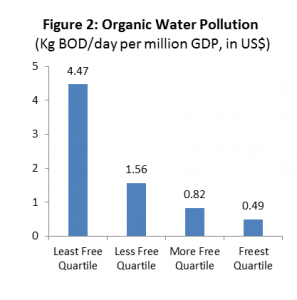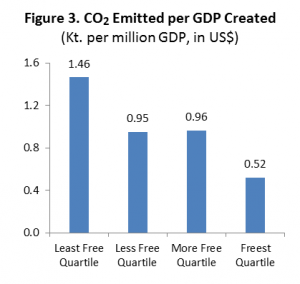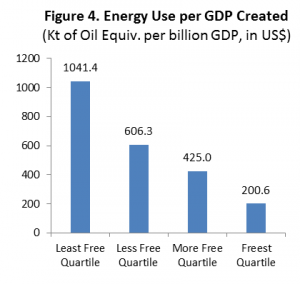Solar Energy #1 by 2050?
According to the latest reports by the International Energy Agency, the sun could be the largest source of energy in the world. It would be larger than fossil fuels, wind, hydroelectric and nuclear. Solar photovoltaic systems could generate up to 16% and solar thermal electricity up to 11% of the world’s electricity.
The rapid cost decrease of photovoltaic modules and systems in the last few years has opened new perspectives for using solar energy as a major source of electricity in the coming years and decades. However, both technologies are very capital intensive, almost all expenditures are made upfront. Lowering the cost of capital is thus of primary importance for achieving the vision in these roadmaps.
Solar photovoltaic energy expands globally, with China being by far the leading country, followed by the United States. Over half of total capacity is situated with the consumer — whether households, shopping malls or industries. Solar thermal electricity expands in sunny areas with clear skies.
Solar Photovoltaic Energy (PV):
- Total global capacity overtook 150 gigawatts (GW) in early 2014.
- While a few European countries initiated large-scale PV development, since 2013, China has led the global PV market, followed by Japan and the United States.
- PV system prices have been divided by three in six years in most markets, while module prices have been divided by five.
- PV’s share of global electricity could reach 16% by 2050.
- 4,600 GW of installed PV capacity by 2050 would avoid the emission of up to 4 gigatonnes (Gt) of carbon dioxide (CO2) annually.
- The costs of electricity from PV in different parts of the world will have an average cost reduction of 25% by 2020, 45% by 2030 and 65% by 2050, leading to a range of USD 40 to 160/MWh, assuming a cost of capital of 8%.
- The total PV capacity installed each year needs to rise from 36 GW in 2013 to 124 GW per year on average, with a peak of 200 GW per year between 2025 and 2040.
Solar Thermal Energy (STE):
- Global deployment of STE is about 4 GW compared with PV at 150 GW
- STE’s share of global electricity to reach 11% by 2050.
- 1,000 GW of installed CSP capacity by 2050 would avoid the emissions of up to 2.1 gigatonnes (Gt) of carbon dioxide (CO2) annually.
- From a system perspective, STE offers significant advantages over PV, mostly because of its built-in thermal storage capabilities.
- The value of STE will increase further as PV is deployed in large amounts, which reduces mid-day peaks and creates or increases evening and early morning peaks.
While the reports call for a good regulatory and market environment for the growth of this renewable energy source, regulation and other influences can have a reverse effect on the entire energy industry. If any of the renewable energy sources are going to become a major source of energy, government must allow the energy market to be free of government influence and regulations.
